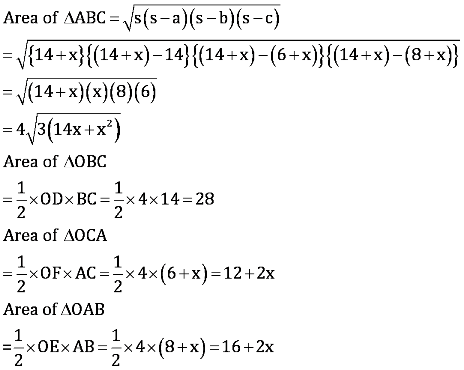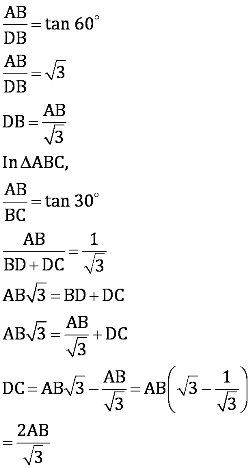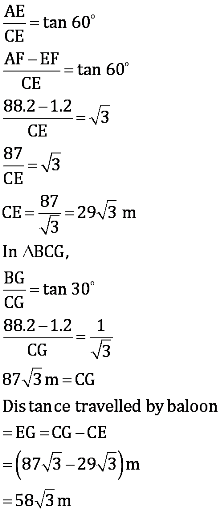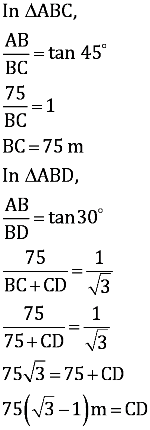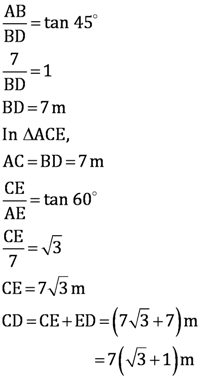Question 2:
Construct a triangle of sides 4 cm, 5cm and 6cm and then a triangle similar to it whose sides are 2/3 of the corresponding sides of the first triangle. Give the justification of the construction.
Answer:
Step 1
Draw a line segment AB = 4 cm. Taking point A as centre, draw an arc of 5 cm radius. Similarly, taking point B as its centre, draw an arc of 6 cm radius. These arcs will intersect each other at point C. Now, AC = 5 cm and BC = 6 cm and ΔABC is the required triangle.
Step 2
Draw a ray AX making an acute angle with line AB on the opposite side of vertex C.
Step 3
Locate 3 points A1, A2, A3 (as 3 is greater between 2 and 3) on line AX such that AA1 = A1A2 = A2A3.
Step 4
Join BA3 and draw a line through A2 parallel to BA3 to intersect AB at point B’.
Step 5
Draw a line through B’ parallel to the line BC to intersect AC at C’.
ΔAB’C’ is the required triangle.

Justification
The construction can be justified by proving that

By construction, we have B’C’ || BC
∴ ∠AB’C’ = ∠ABC (Corresponding angles)
In ΔAB’C’ and ΔABC,
∠AB’C’ = ∠ABC (Proved above)
∠B’AC’ = ∠BAC (Common)
∴ ΔAB’C’ ∼ ΔABC (AA similarity criterion)
⇒ AB’/AB = B’C’/BC = AC’/AC ………. (1)
In ΔAA2B’ and ΔAA3B,
∠A2AB’ = ∠A3AB (Common)
∠AA2B’ = ∠AA3B (Corresponding angles)
∴ ΔAA2B’ ∼ ΔAA3B (AA similarity criterion)
⇒ AB’/AB = AA2/AA3
⇒ AB’/AB = 2/3 ……………….. (2)
From equations (1) and (2), we obtain
AB’/AB = B’C’/BC = AC’/AC = 2/3
⇒ AB’ = 2/3 AB, B’C’ = 2/3 BC , AC’ = 2/3 AC
This justifies the construction.




